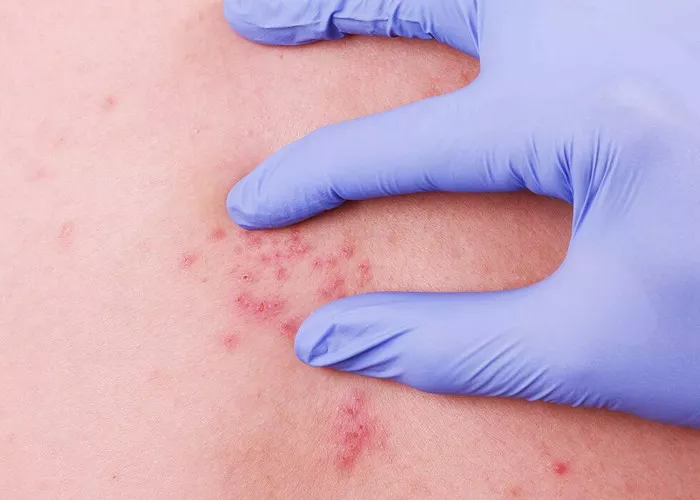Shingles, caused by the varicella-zoster virus (VZV), is a viral infection characterized by a painful rash. While the primary concern is typically the impact on the skin and nerves of the infected individual, the potential for transmission through contaminated surfaces, including clothes, raises significant questions regarding public health and safety. This article delves into the crucial question: how long does the shingles virus last on clothes?
The Basics of the Shingles Virus
Before delving into its persistence on fabrics, understanding the shingles virus itself is essential. Varicella-zoster virus, the same virus responsible for chickenpox, can reactivate later in life to cause shingles. This reactivation typically occurs in individuals who have previously had chickenpox, where the virus remains dormant in nerve tissues after the initial infection resolves. The reactivation leads to shingles, characterized by a painful rash that often appears in a band or stripe on one side of the body.
Transmission and Contamination Risks
Shingles is primarily transmitted through direct contact with the fluid from the blisters of an infected person. However, studies have shown that the virus can survive on surfaces and objects, potentially serving as sources of transmission. Clothes, in particular, due to their frequent contact with the skin and the potential for retaining infectious particles, pose a significant concern in the context of virus transmission.
Survival of Varicella-Zoster Virus on Fabrics
Research into the survival of varicella-zoster virus on various surfaces, including fabrics, has provided valuable insights into its persistence outside the human body. Factors influencing the virus’s survival on clothes include environmental conditions such as temperature, humidity, and exposure to ultraviolet (UV) light.
Laboratory Studies and Findings
Laboratory experiments have simulated conditions to assess how long the virus remains viable on different materials, including fabrics commonly found in clothing. These studies have highlighted variability in survival times based on factors like fabric composition (natural vs. synthetic fibers), presence of bodily fluids, and the specific viral load initially present.
Duration of Infectivity
The duration for which the shingles virus remains infectious on clothes varies considerably. Studies have suggested that the virus can survive for hours to days under favorable conditions. Factors such as the amount of virus present, the type of fabric, and environmental factors play pivotal roles in determining infectivity duration.
SEE ALSO: Can You Get Shingles Without Having Chickenpox Vaccine?
Practical Implications for Personal and Public Health
Understanding the persistence of the shingles virus on clothes has practical implications for both personal hygiene practices and public health policies. Recommendations for individuals recovering from shingles include:
1. Clothing Hygiene Practices: Laundering clothes worn during the infectious period promptly using hot water and detergent can help reduce the risk of transmission.
2. Isolation of Contaminated Items: Items such as towels and bedding should be isolated and washed separately to prevent potential spread of the virus to others.
3. Environmental Disinfection: Surfaces that have come into contact with contaminated clothing should be properly disinfected using appropriate disinfectants effective against enveloped viruses like varicella-zoster.
Public Health Measures and Recommendations
From a public health perspective, raising awareness about the potential for indirect transmission of shingles through contaminated clothes is crucial. Healthcare providers should educate patients about proper hygiene practices during and after a shingles outbreak, emphasizing the importance of washing and disinfecting clothes to minimize transmission risks.
Conclusion
In conclusion, while the primary mode of transmission for shingles remains direct contact with the virus from an infected individual, the virus’s ability to persist on surfaces, including clothes, underscores the importance of hygiene and preventive measures. By understanding how long the shingles virus can last on clothes and implementing appropriate hygiene practices, individuals can significantly reduce the risk of transmission and protect both themselves and others from this painful and potentially debilitating viral infection.
This article has explored the scientific insights into the survival of varicella-zoster virus on fabrics, highlighting the need for continued research and public health initiatives to mitigate the spread of shingles through contaminated surfaces.
Related Topics:

























